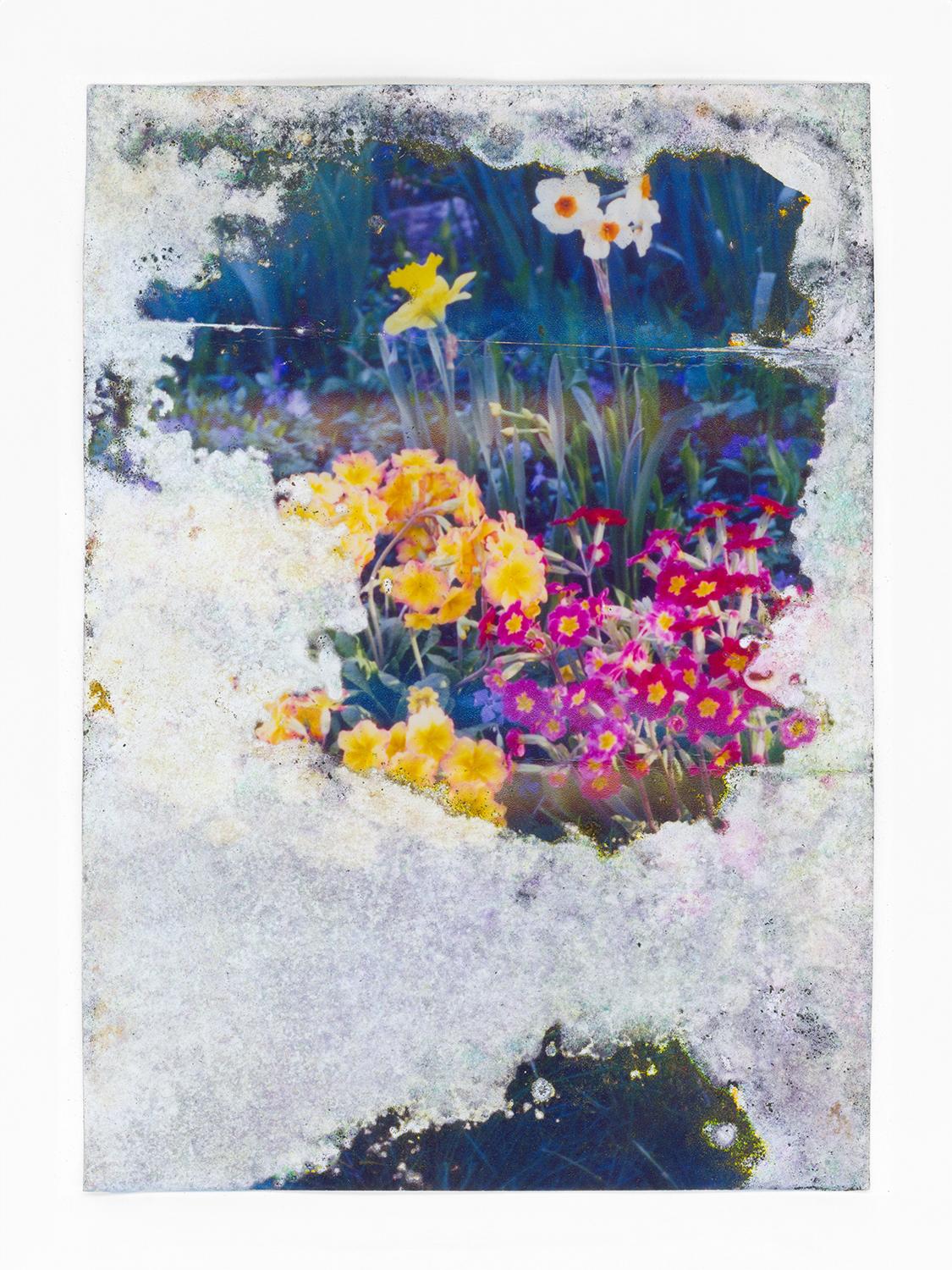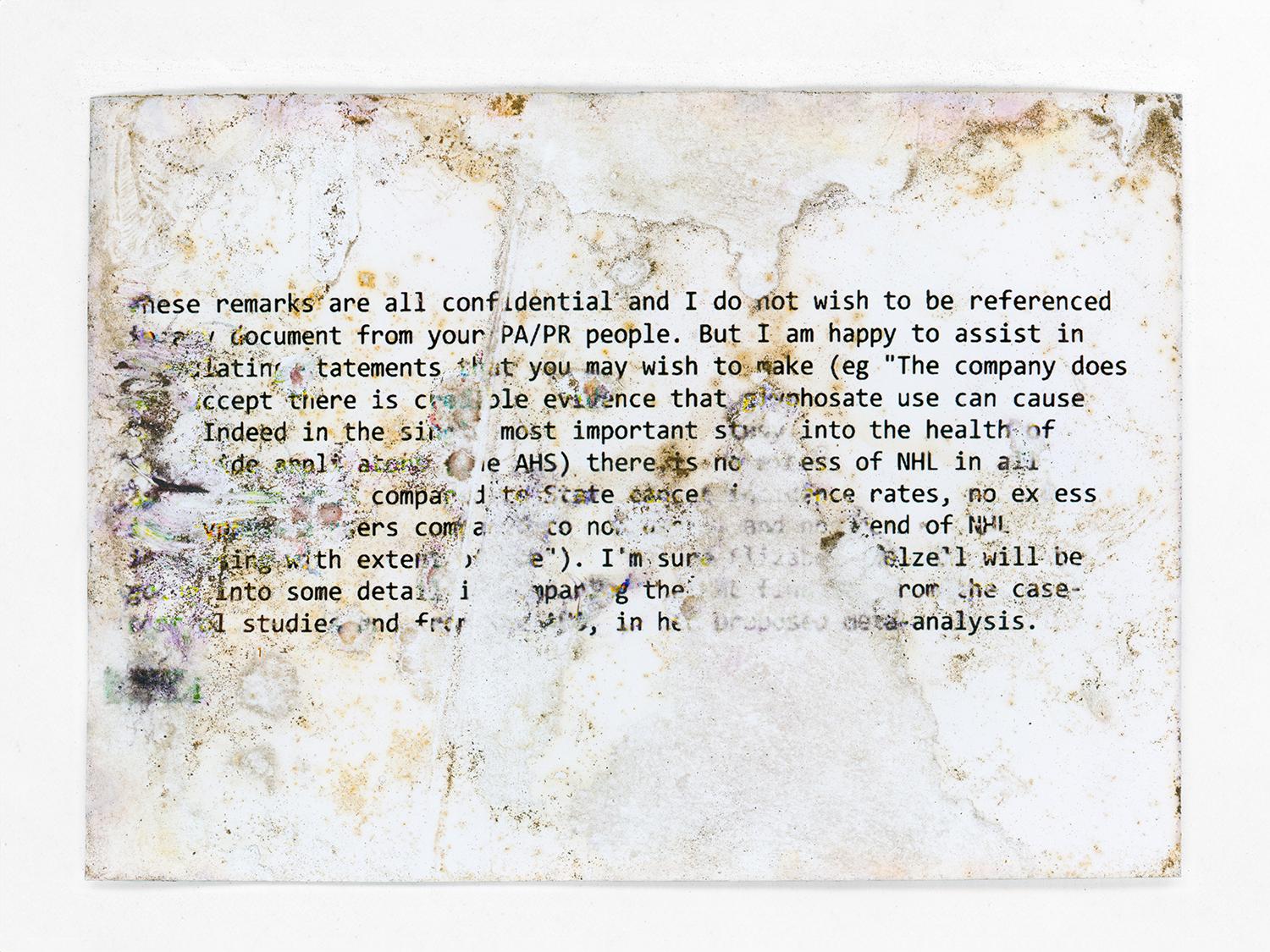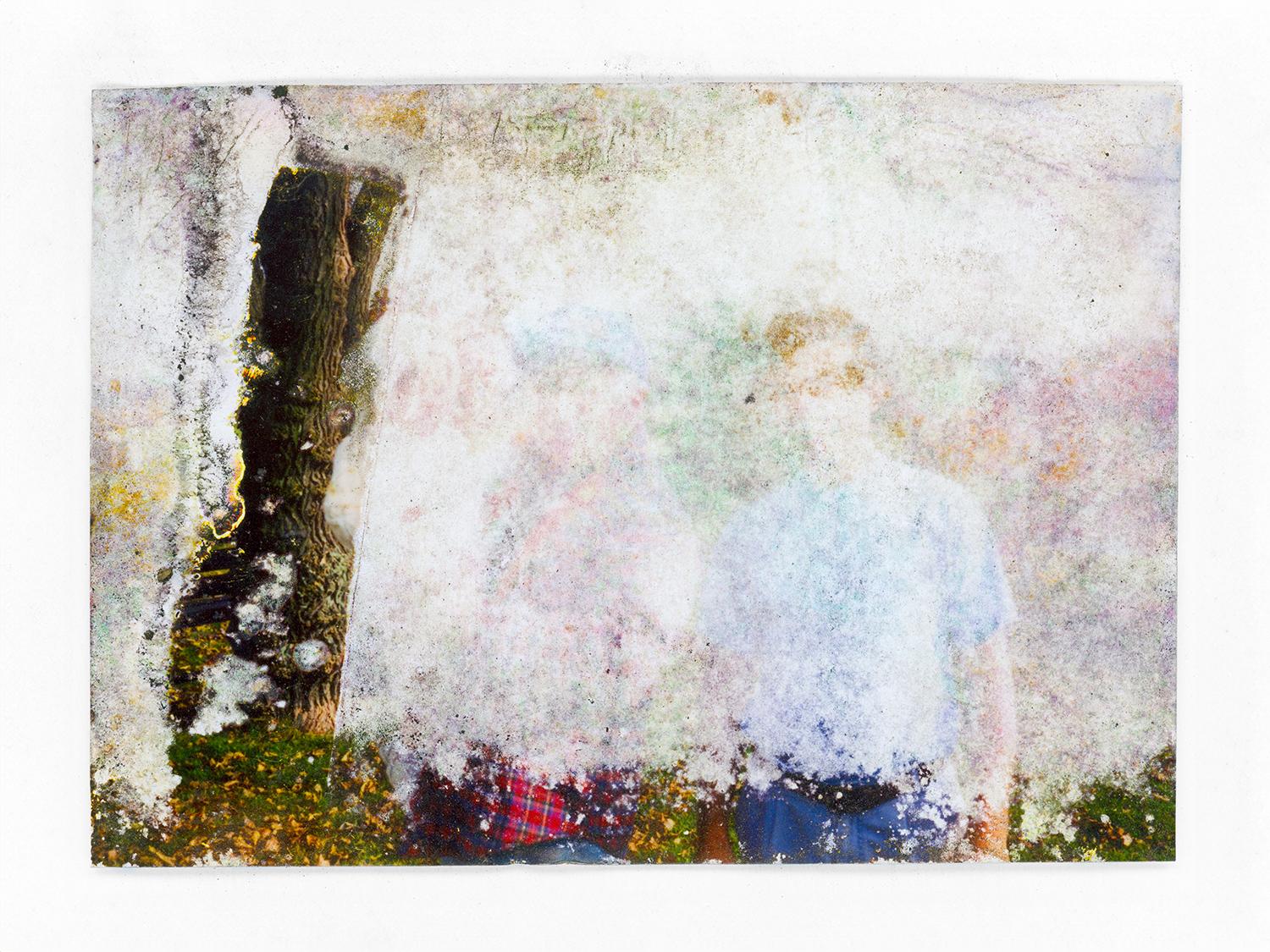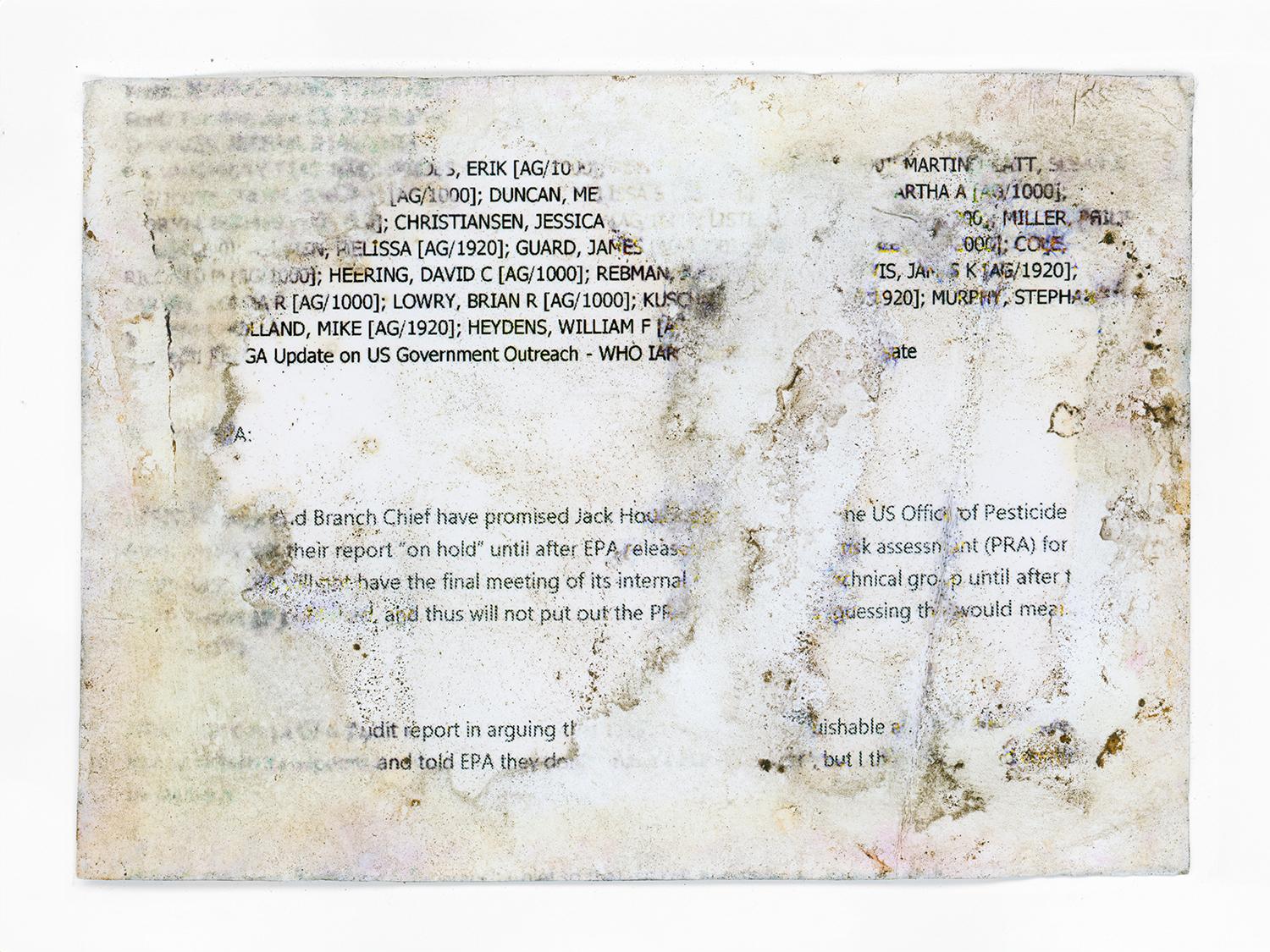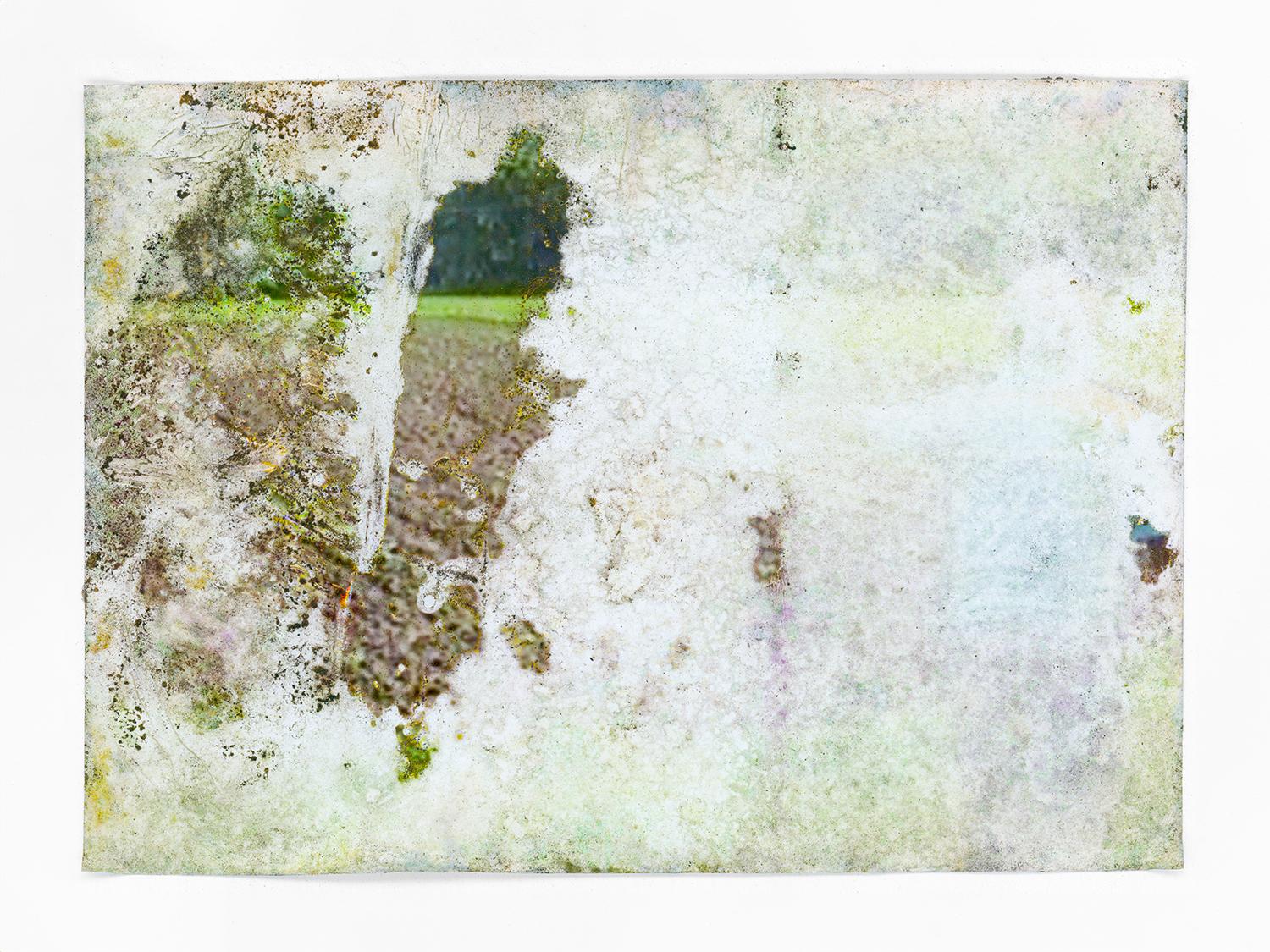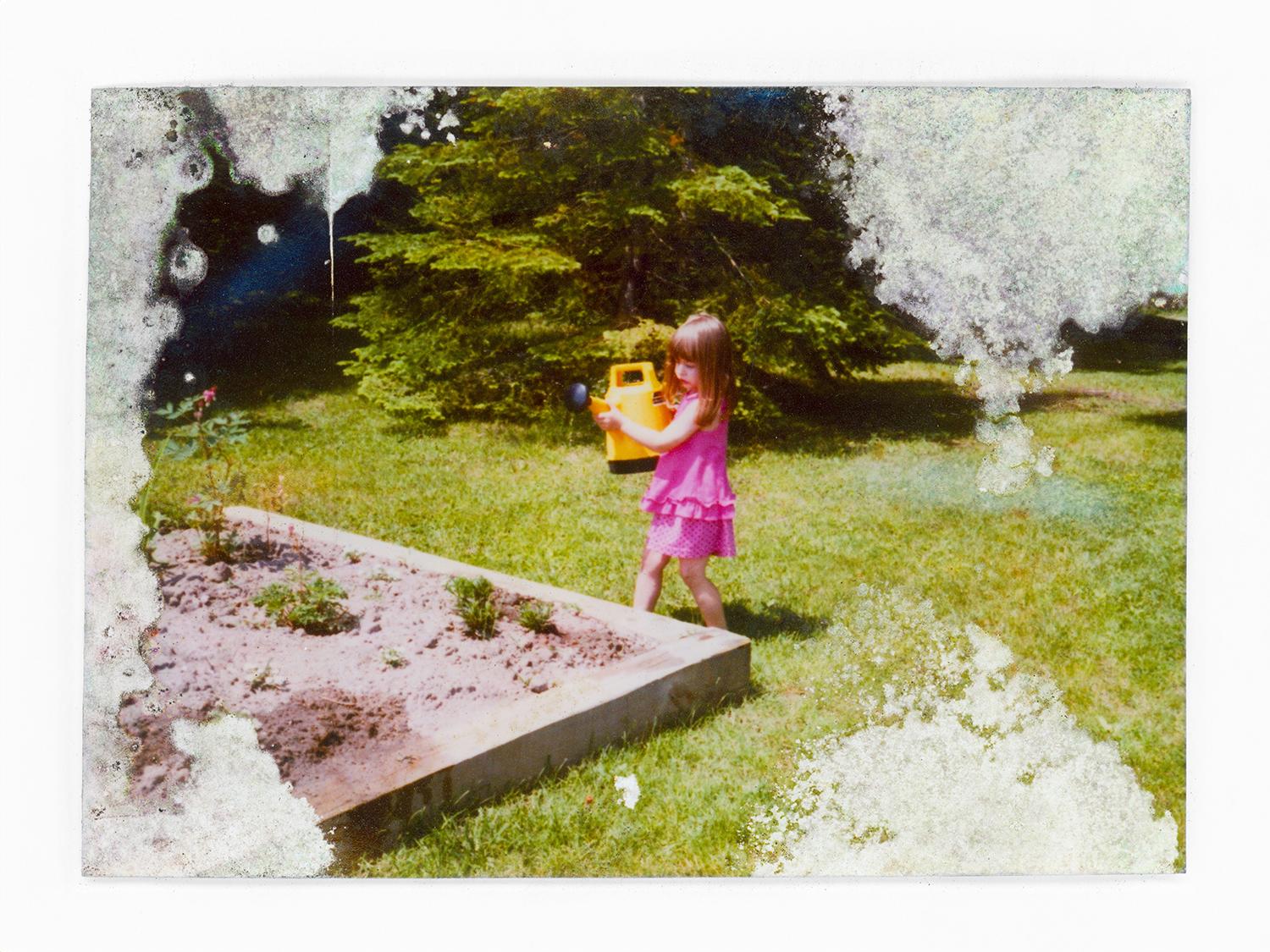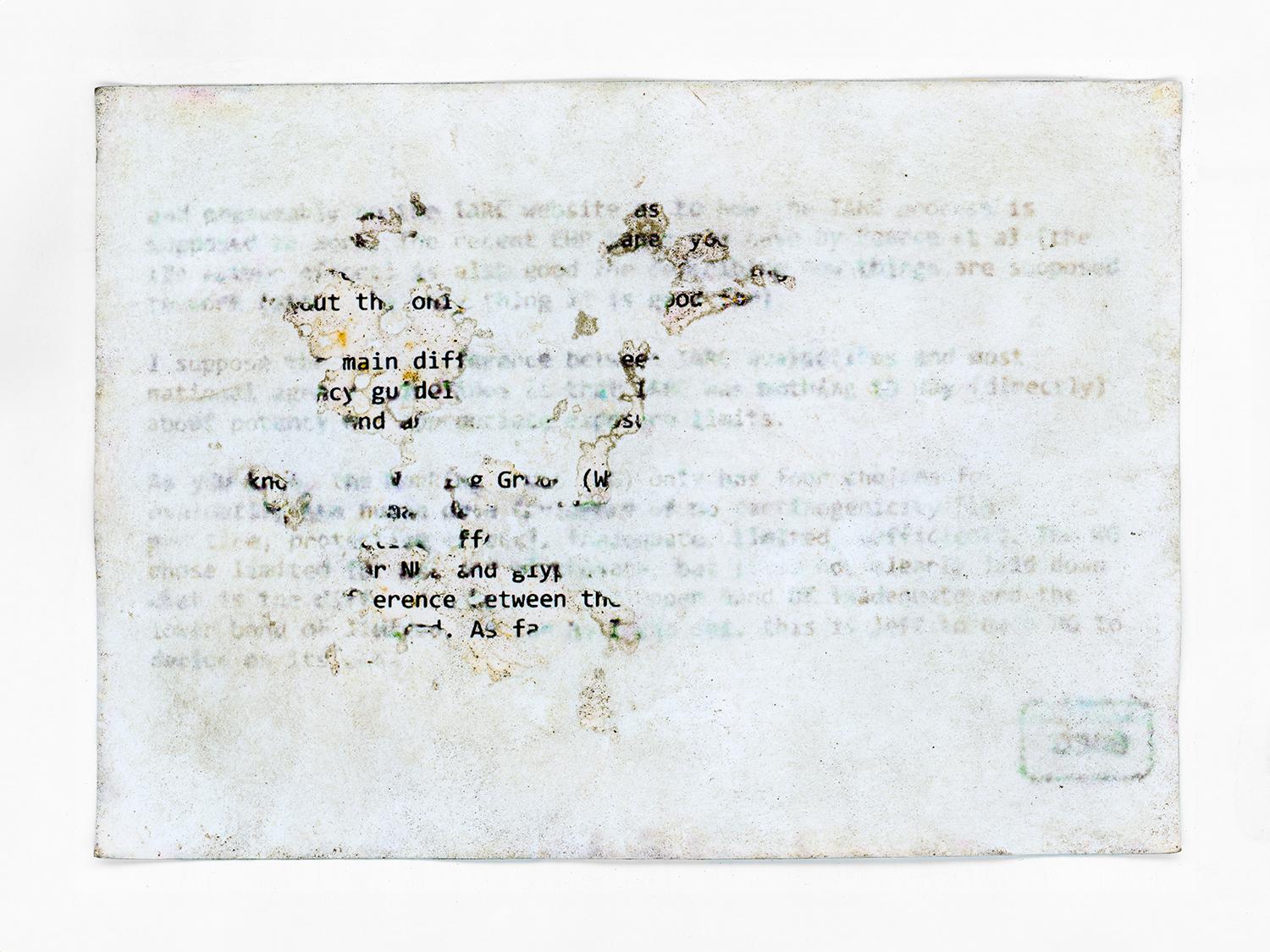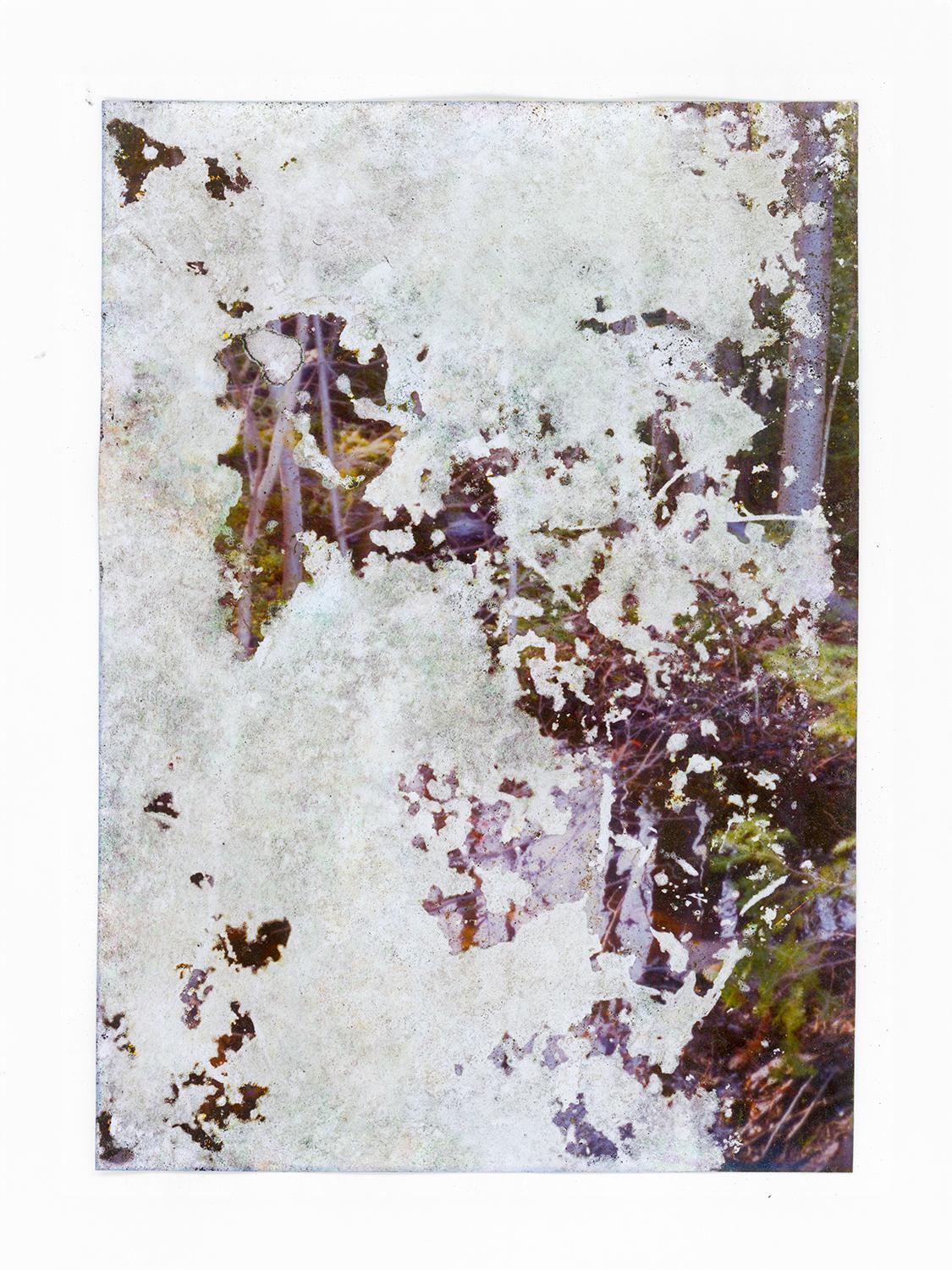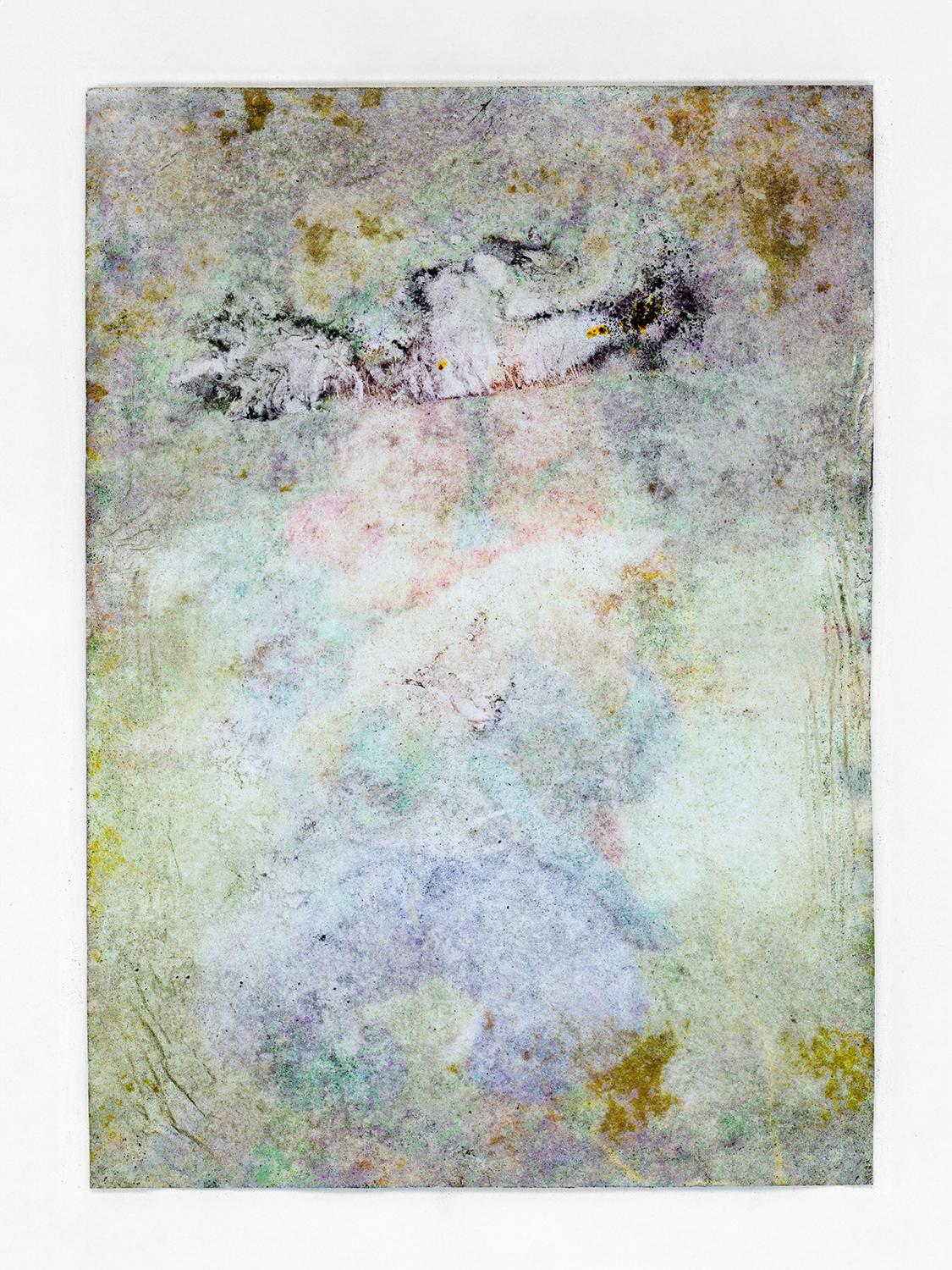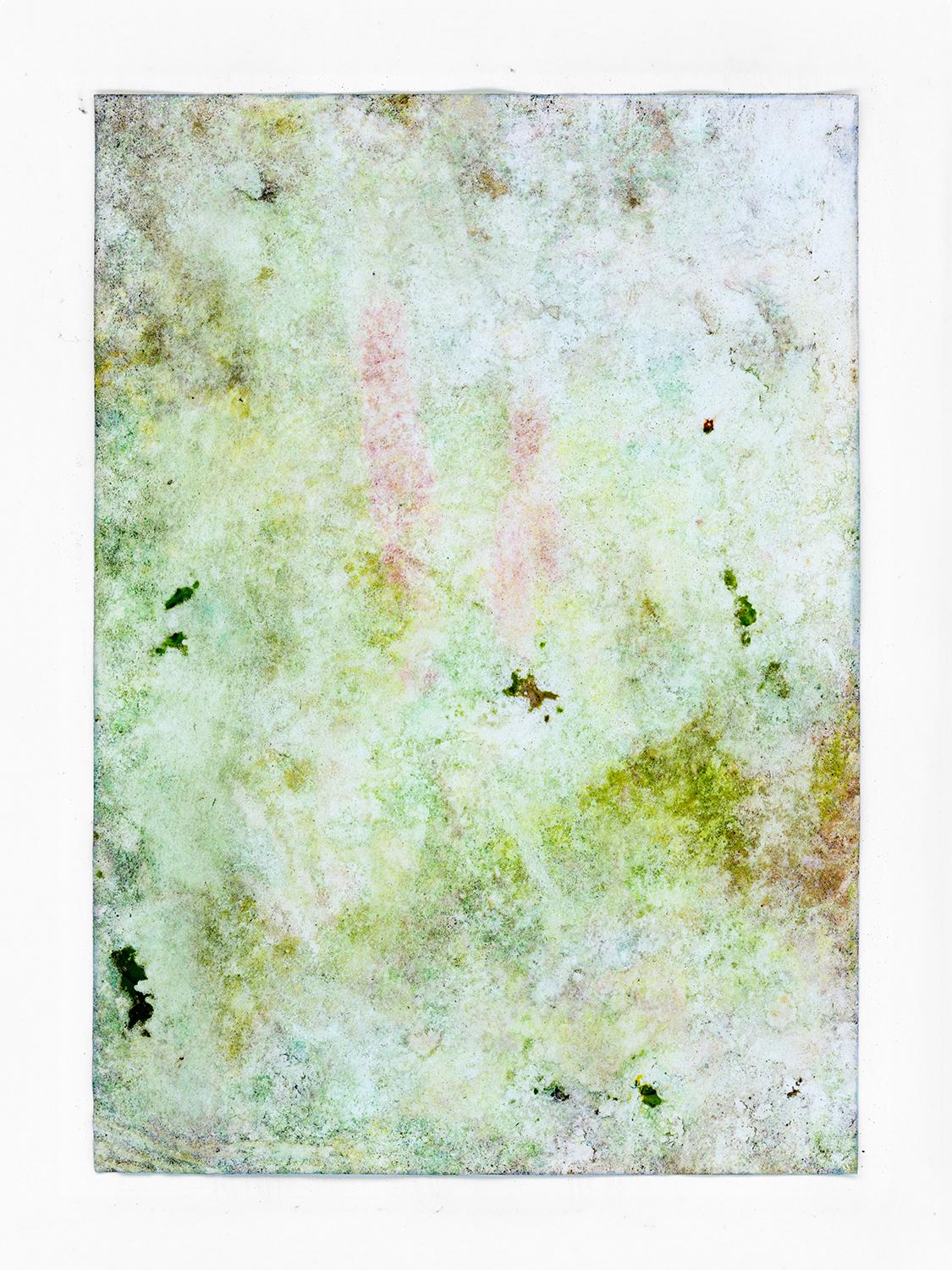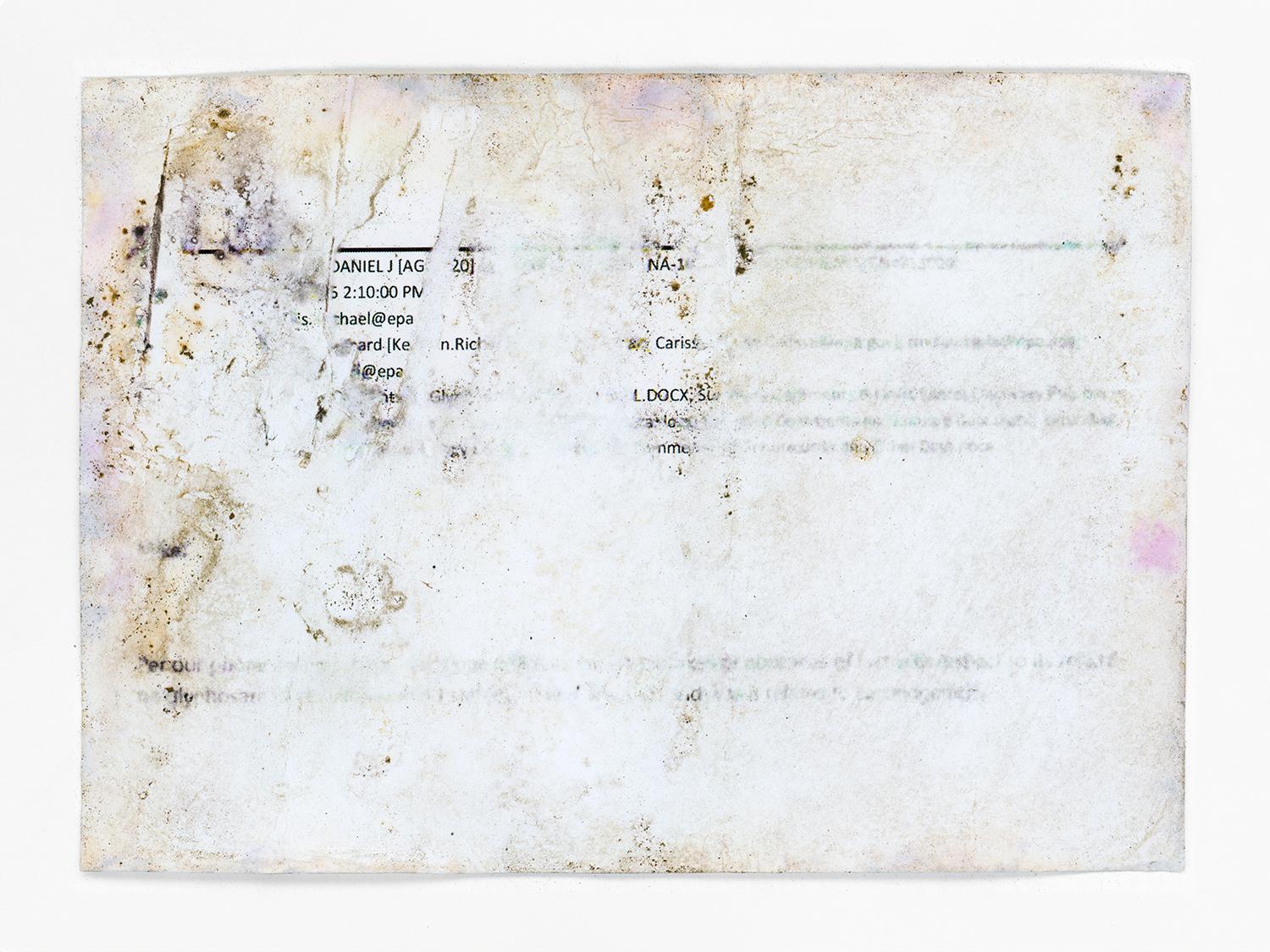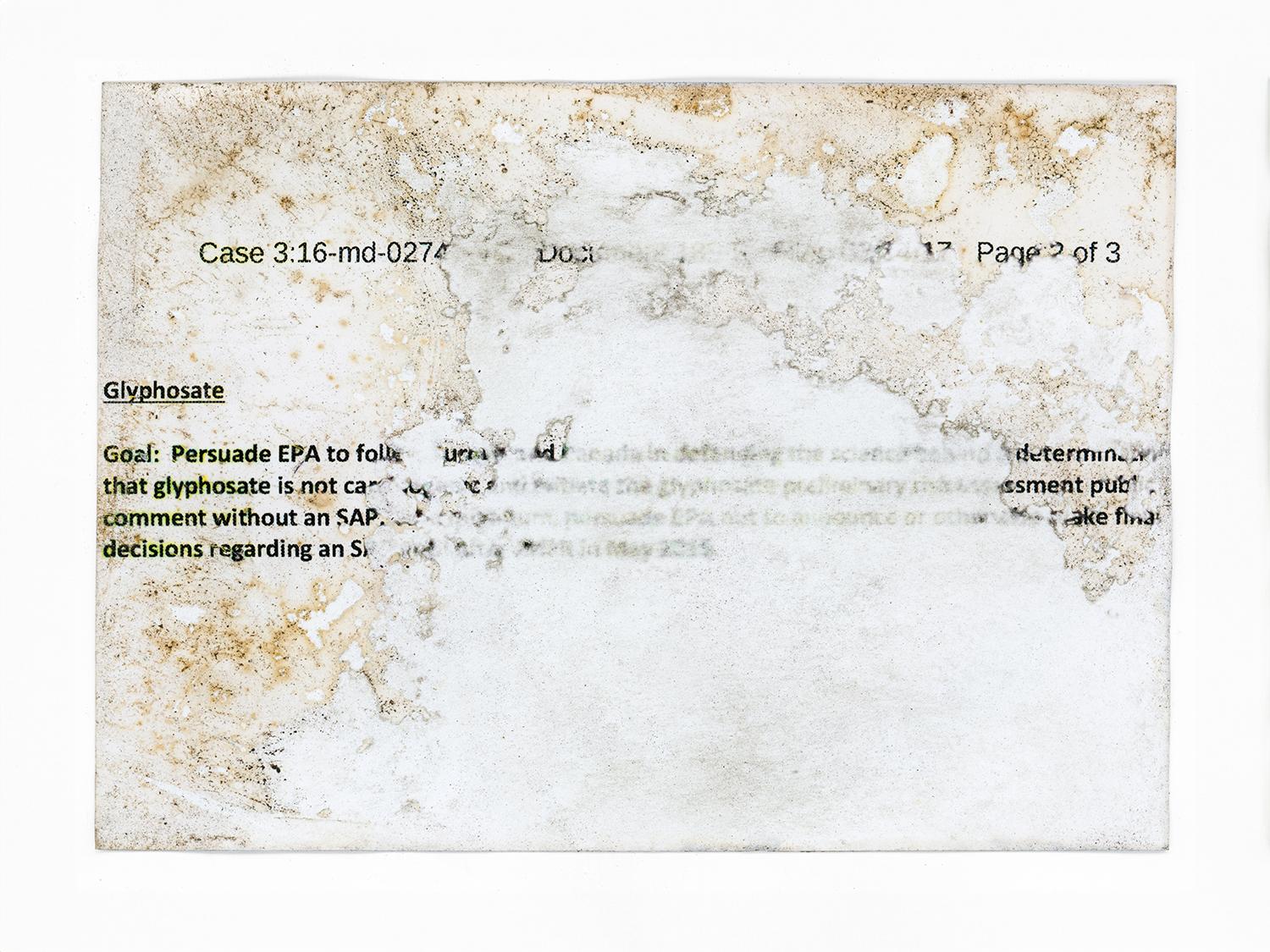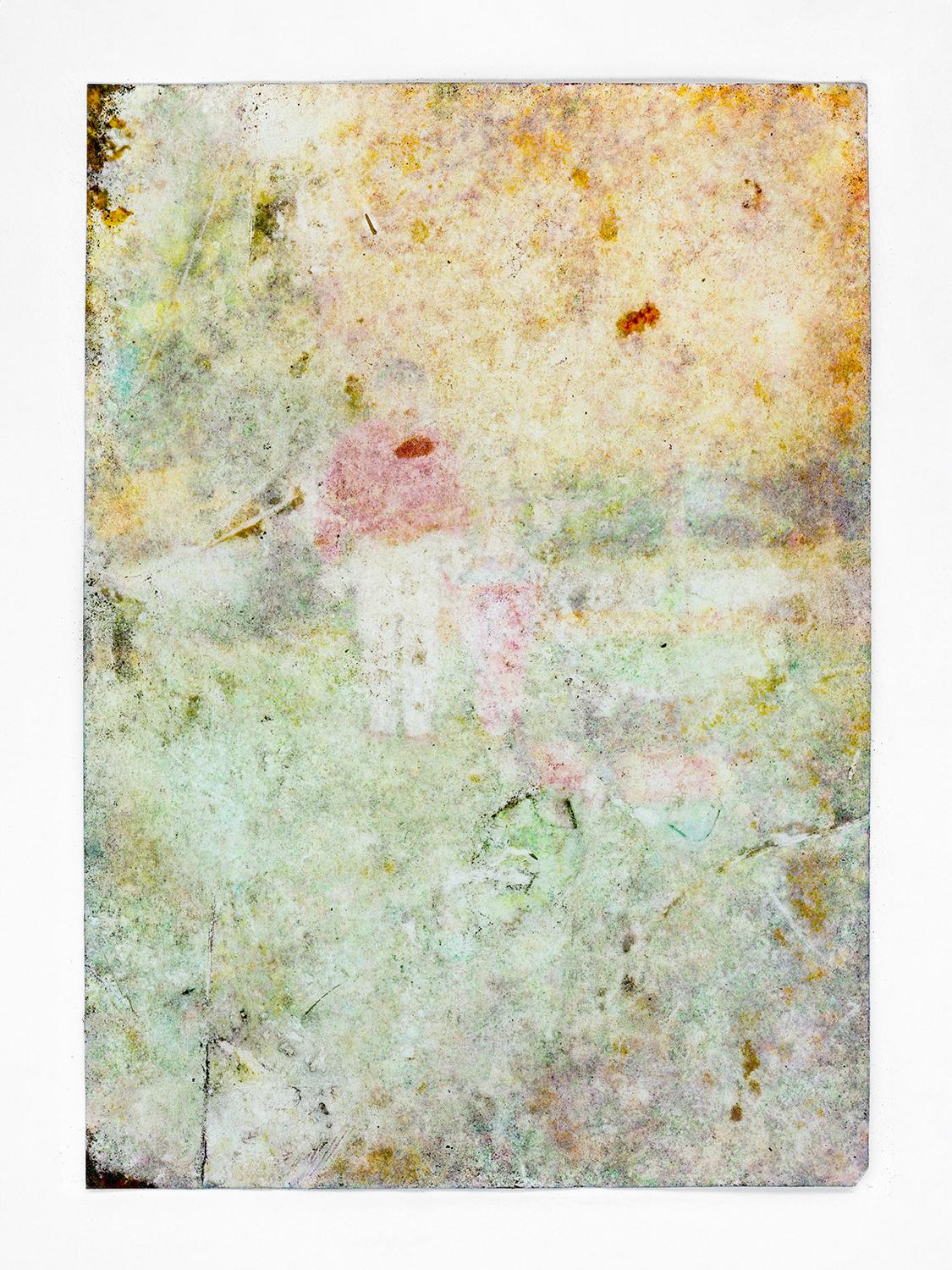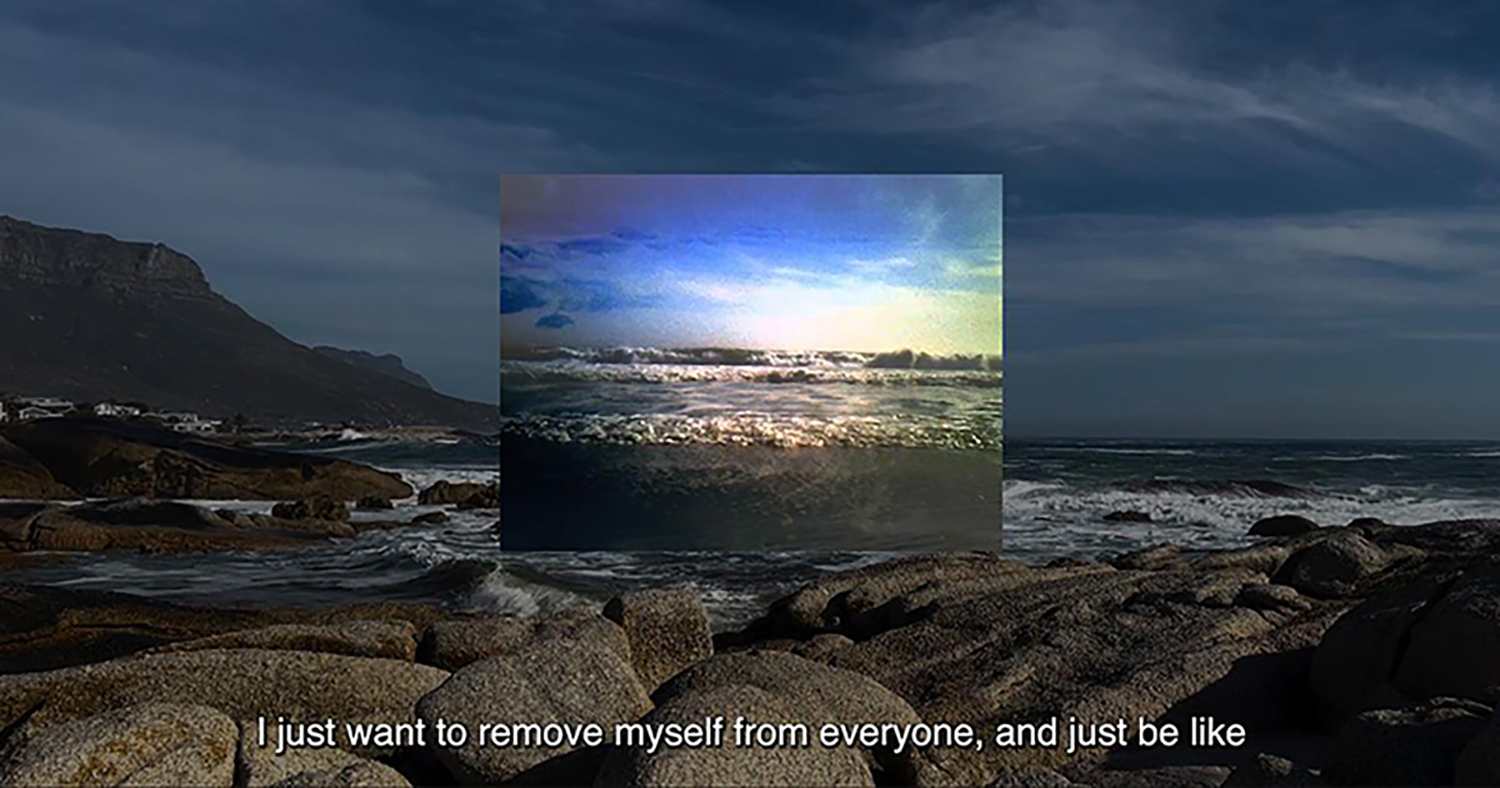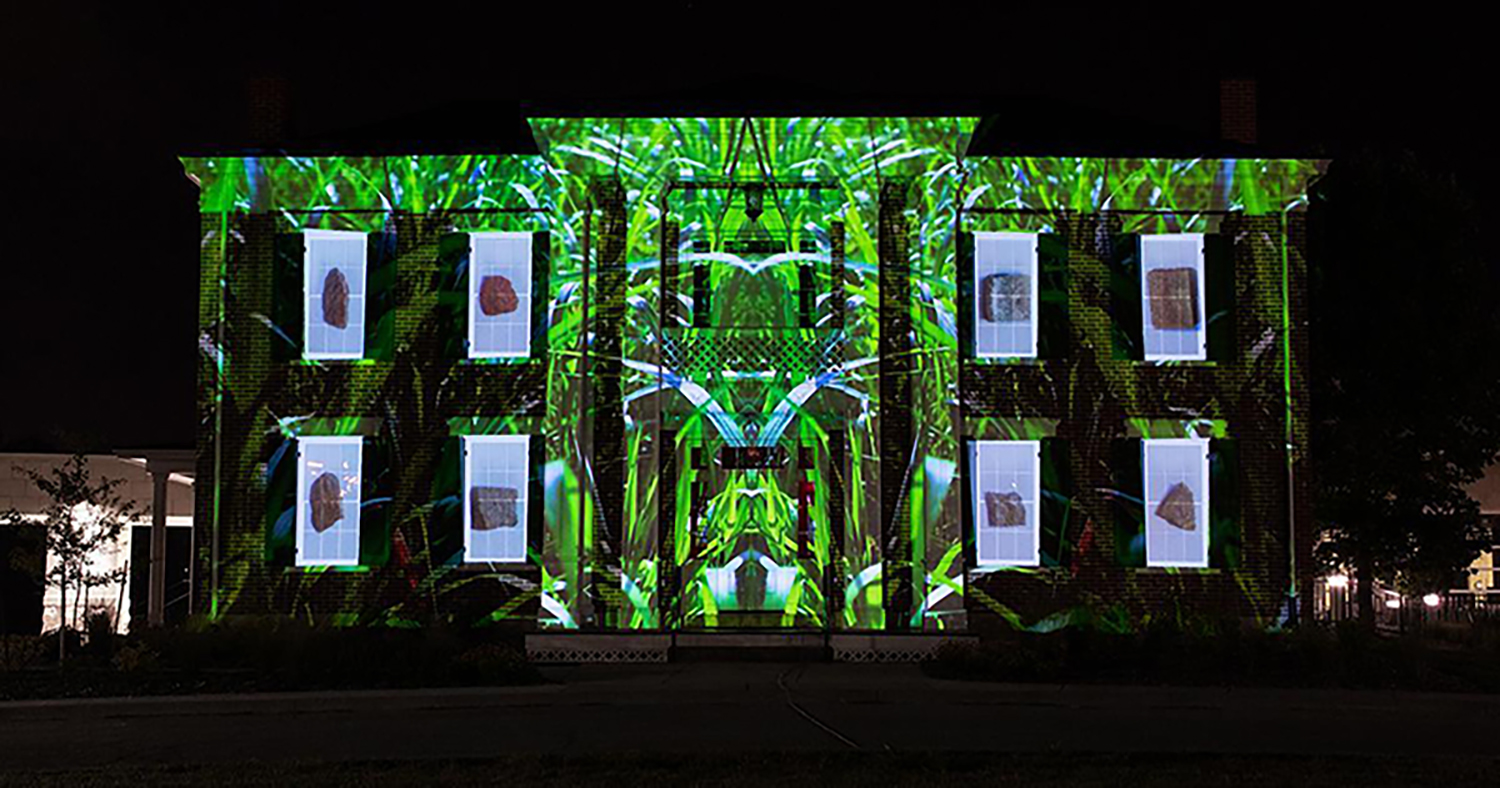Glyphosate Dreams visually translates the deadly herbicide glyphosate into chemically deteriorated images, reflecting on its consequences to body and land, as I navigate the loss of family members. The broad-spectrum herbicide glyphosate, found in Roundup, is the most used herbicide in the world, known to cause cancer, with major implications for public health. However, the US Environmental Protection Agency (EPA) and the International Agency for Research on Cancer (IARC), came to different interpretations of the research, where the US EPA “concluded that glyphosate is not likely to be carcinogenic to humans”. This becomes a public health concern, when reality becomes secondary to the issue at hand to protect the company that utilizes this chemical and refuses any admission of guilt. This is apparent through the EPA email exchanges with Monsanto. I selected the most poignant parts of these email exchanges to include in a photographic project using glyphosate to physically deteriorate C-prints of these emails over time as they were buried in the ground. Additionally, I used images from my personal archive of my family’s land and farm that went through the same image treatment and process. The results of these prints varied from partially deteriorated, highlighting specific sections of the print, to completely disintegrated, leaving a behind a ghost-like image. These prints are then scanned and reprinted as large format C-prints, creating an archival interpretation of the imagery.
Glyphosate Dreams, Glyphosate treated C-prints of EPA emails and personal archive, 30”x40”, 2023
